Erosion and sediment control are essential considerations in landscaping, construction, and other projects where soil stability is crucial. The most effective and environmentally friendly solution for managing erosion and sediment is through the use of coir products.
Warning: Sediment Runoff from Construction Sites into Drainage Systems is Illegal and can Result in Huge Fines!
Did you know that it is illegal to allow soil, cement slurry, or other building materials to enter the stormwater system? Construction activities cause soil disturbance, generating dust and debris. The runoff from a construction site flows through gutters and drains, eventually reaching creeks, canals, and ultimately, rivers, lakes, or the sea.
Polluted Stormwater Discharge: Immediate Fines
While an individual plot of land may appear trivial, when you take into account all the construction sites in the area, erosion significantly impacts water quality. Studies conducted by the EPA reveal that a single construction site can lose as much as four truckloads of soil during a single storm.
Violating the Environmental Protection Act 1994 comes at a steep cost. Individuals may face penalties ranging from $3750 to $312,375, while corporations risk paying a staggering $1.56 million. These fines are not to be taken lightly. Remember to consult the guidelines of QLD, NSW, and Victoria for detailed information. Compliance is paramount, as the consequences could be financially devastating.
Keeping the soil on site is of utmost importance.
Owners, builders, and landscapers bear direct accountability in preventing sediment and construction wastewater from escaping a construction site. Previously, the EPA monitored builders’ activities. Recently, it is the councils who hold the authority and responsibility to oversee the industry and issue penalty infringement notices. According to the POEO Act, immediate fines can be imposed if pollution has the potential to enter or has already entered gutters, drains, and waterways. In addition to the fine, administrative fees may also be charged. By preventing erosion, you not only save costs for yourself and your client but also safeguard yourself from potential legal consequences.
The True Cost of Negligence
A recent study conducted by Healthy Land and Water (HLW) in Southeast Queensland (SEQ) has determined that construction activities contribute a significant amount of sediment annually. The research estimated that uncontrolled construction activities can mobilize up to 202,000 tons of sediment per year, which accounts for approximately 40% of the total sediment entering waterways annually. To put it into perspective, this amount is equivalent to more than 50,000 dump trucks filled with sediment each year..
The financial repercussions of inadequate erosion and sediment control are alarming. Local and state governments bear the brunt of the costs incurred due to non-compliance. Expenditure on sweeping roads, repairing stormwater systems and Water Sensitive Urban Design (WSUD) infrastructure, environmental remediation, and enforcement can quickly escalate. Retrofits of failed erosion and sediment control measures and revegetation efforts also contribute to the financial strain.
Unblocking a singular pipe containing sand and rubble can cost as much as $387 per lineal meter. It is quite shocking that a single Local Government in WA in a high-growth area spends a staggering $1,663,400 per year for sediment control of new subdivisions and residential infill buildings in their jurisdiction.
Prevention is Cheaper and Sustainable with HEIGER
It is crucial to prioritize prevention at the source, specifically on-site. Retaining just one centimeter of soil on an average house block can have a significant impact. By doing so, approximately five trailer loads of soil can be prevented from entering waterways.
Governments throughout Australia and internationally have realized that prevention is not only effective but also cost-saving. Taking a proactive approach at the planning phase of subdivision and commercial and residential building applications can yield much success and financial benefits. By incorporating erosion and sediment control measures from the beginning, the need for costly clean-up and retrofitting can be significantly reduced.
At HEIGER, we understand the importance of prevention and offer a wide range of eco-friendly erosion and sediment control products. Our solutions are designed to effectively prevent sediment loss, stabilize soil, and promote vegetation growth. By choosing HEIGER, you not only protect your project from costly damage but also contribute to the preservation of Australia’s waterways and natural habitats.
Contact our team of experts who are ready to provide guidance and support. We ensure that you have the knowledge and tools to implement best practices for erosion and sediment control.


 Coir Products
Coir Products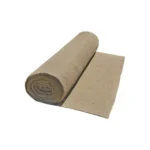 Jute Products
Jute Products Silt Fences
Silt Fences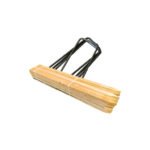 Accessories
Accessories Raised Garden Beds
Raised Garden Beds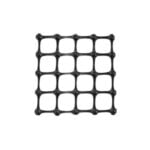 Biaxial Geogrid
Biaxial Geogrid High Strength Geogrid
High Strength Geogrid Uniaxial Geogrid
Uniaxial Geogrid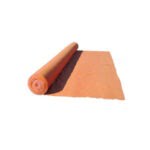 Non Woven Geotextiles
Non Woven Geotextiles Sand Containers
Sand Containers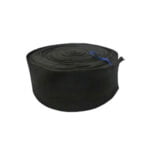 Silt Socks
Silt Socks Dewatering
Dewatering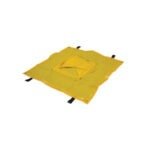 Drain Filters
Drain Filters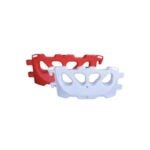 Water Filled Barriers
Water Filled Barriers Edge Protection Barrier
Edge Protection Barrier Hoarding Panels
Hoarding Panels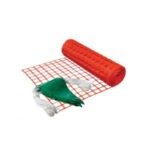 Barrier Mesh & Bunting
Barrier Mesh & Bunting Star Picket Posts & Accessories
Star Picket Posts & Accessories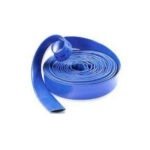 Flood Tubes & Stabilizers
Flood Tubes & Stabilizers Sandbags
Sandbags